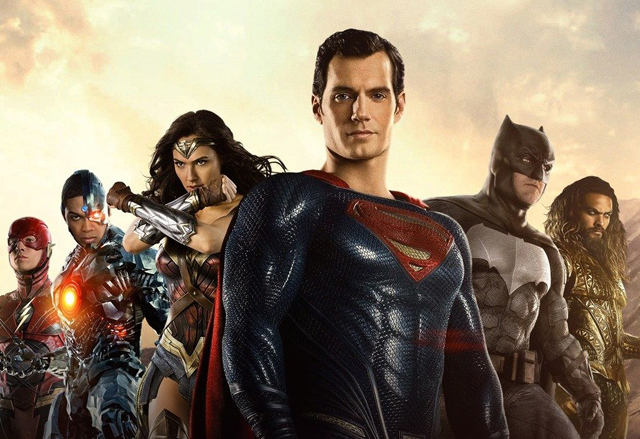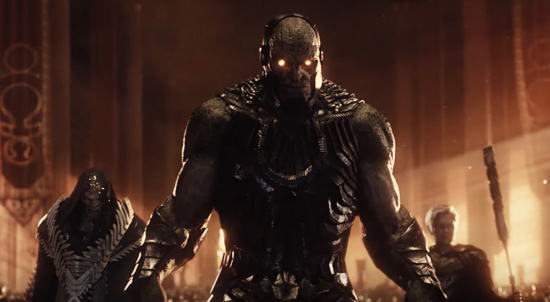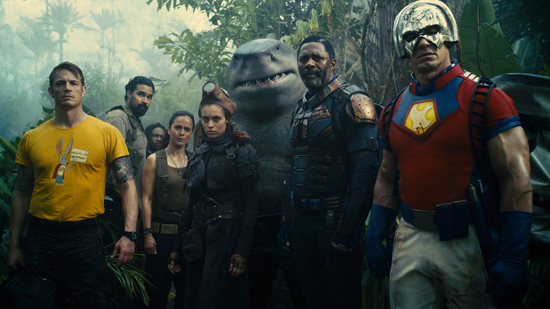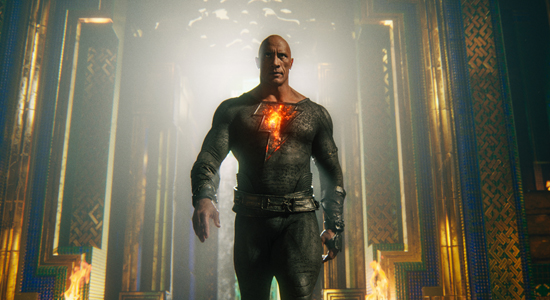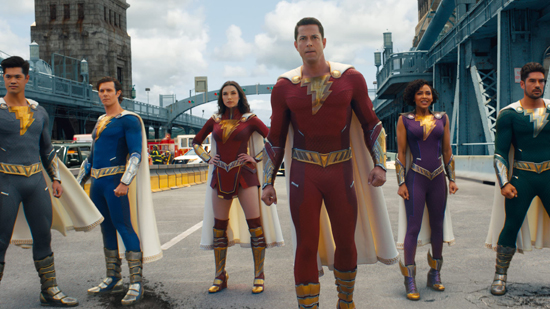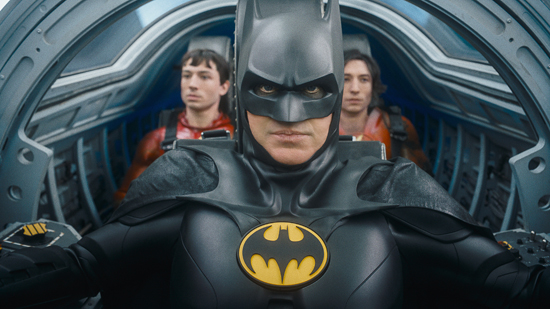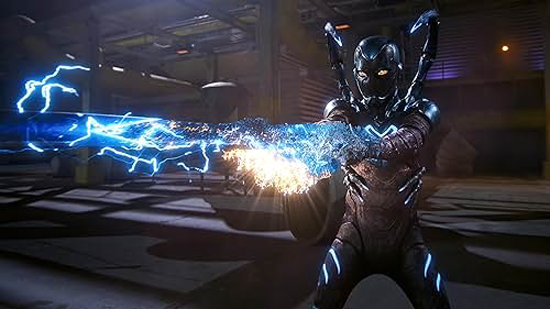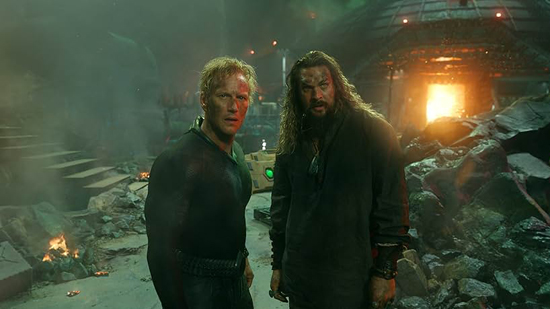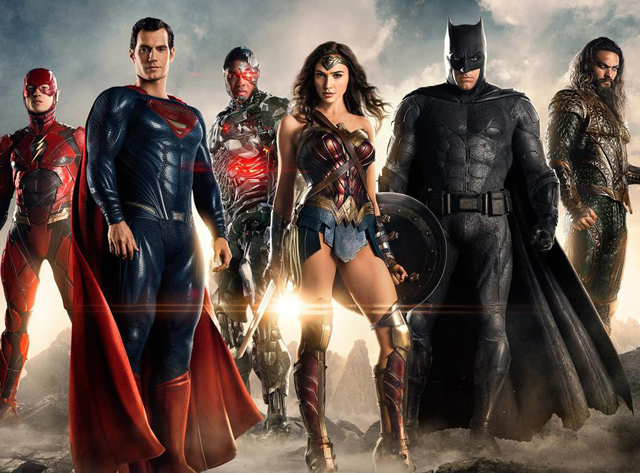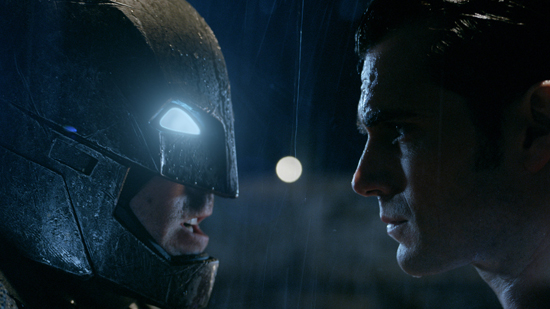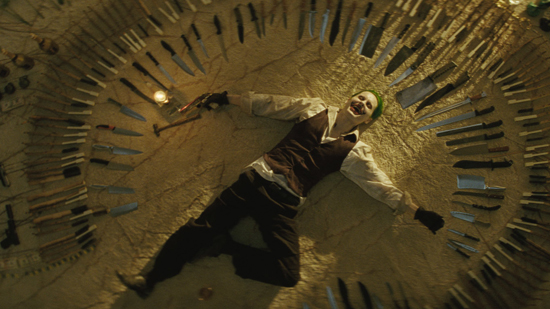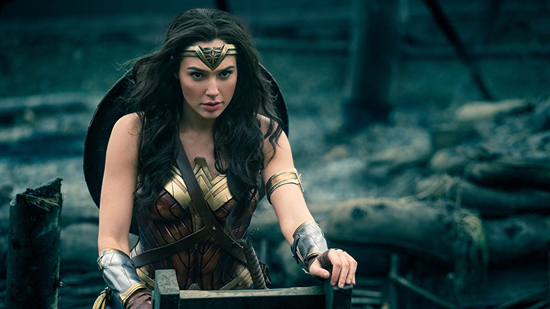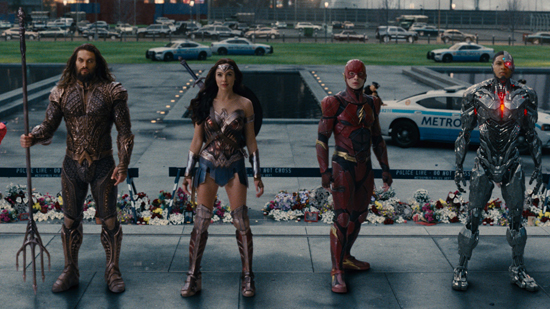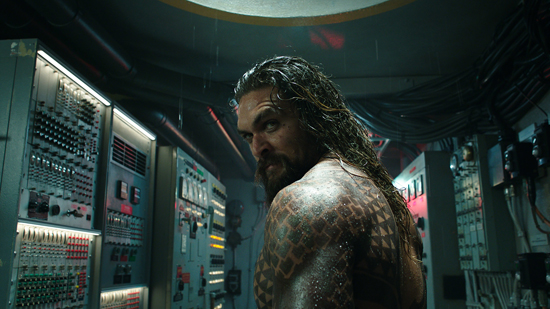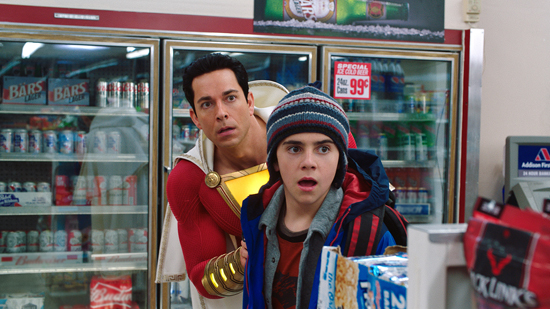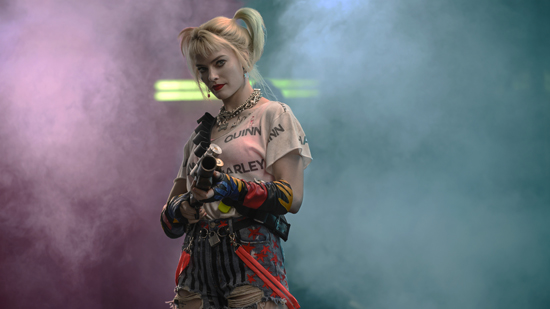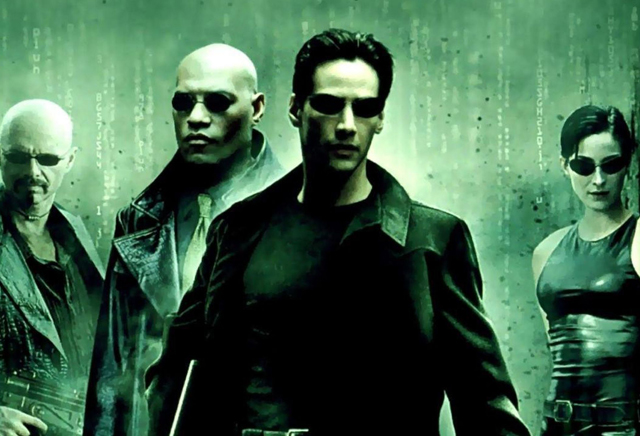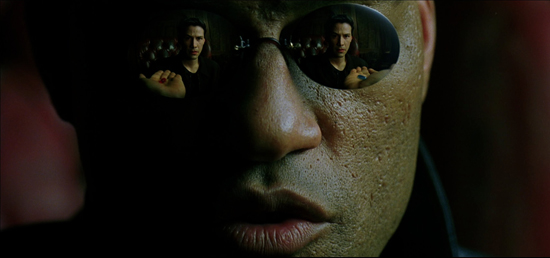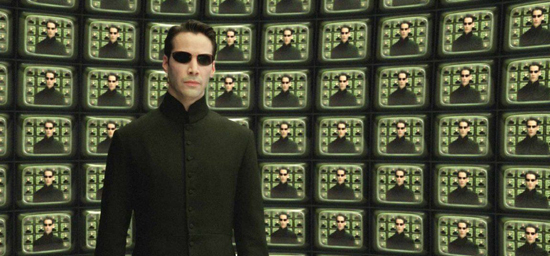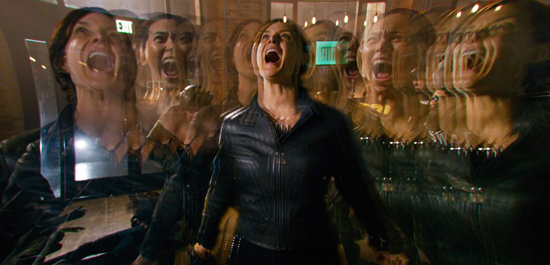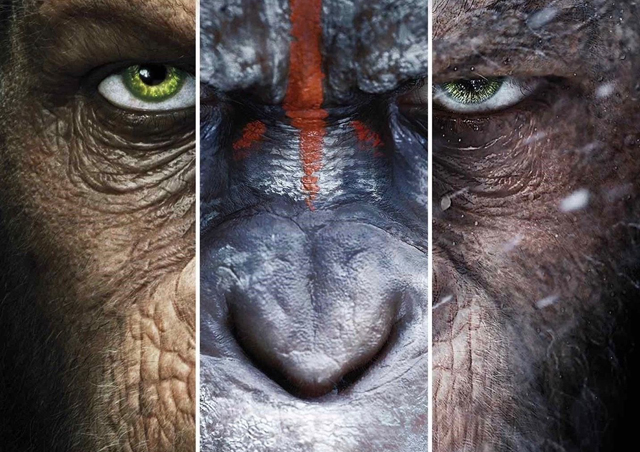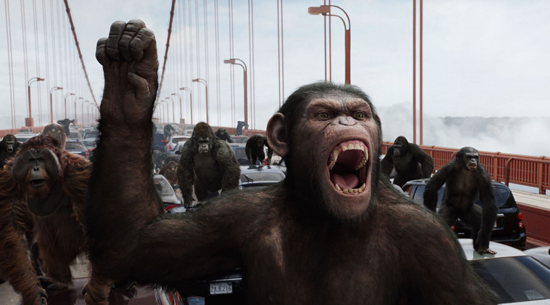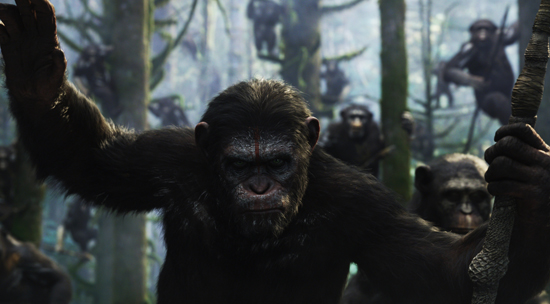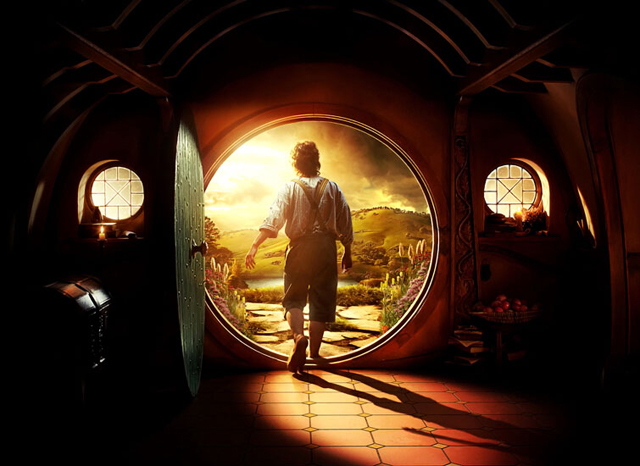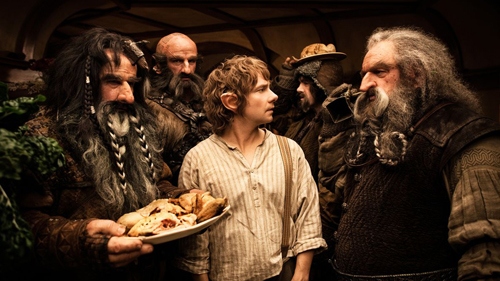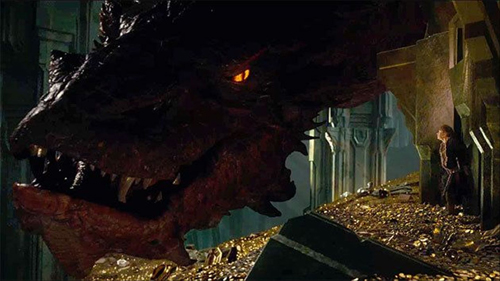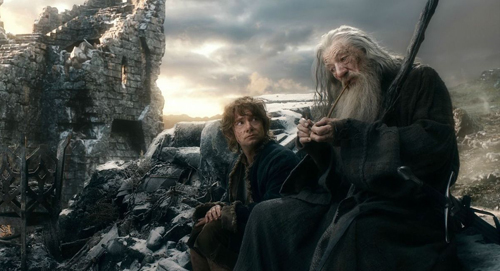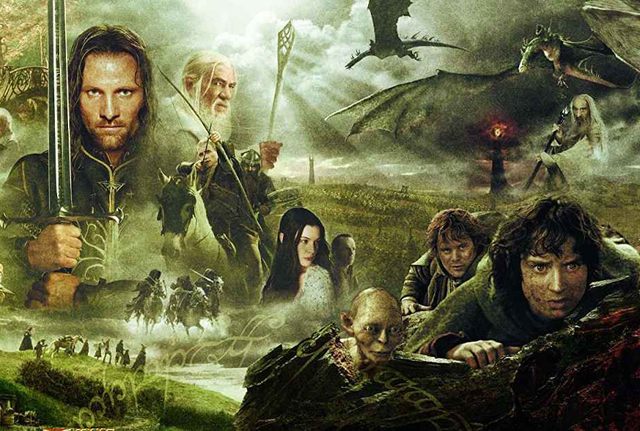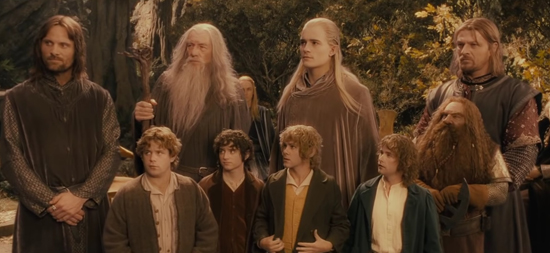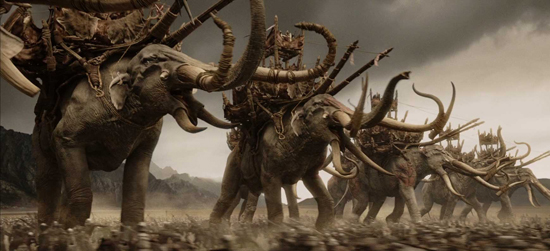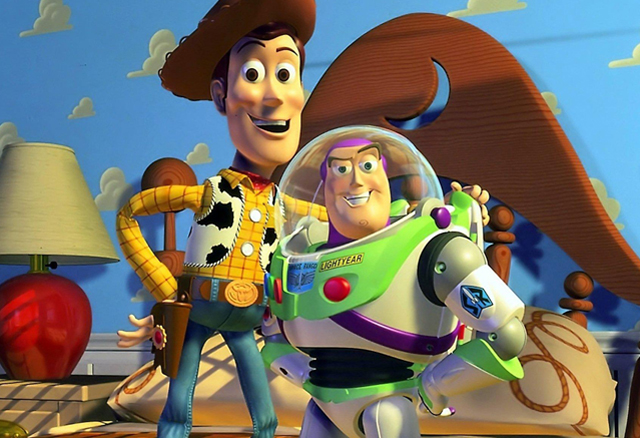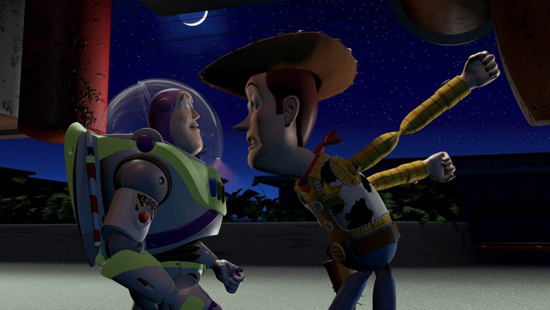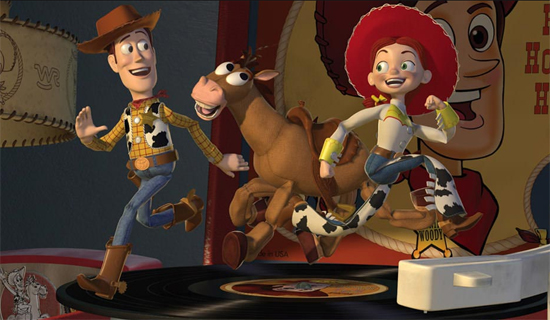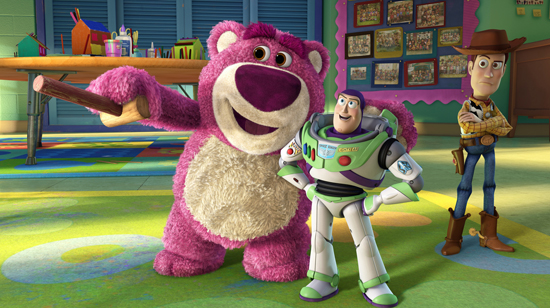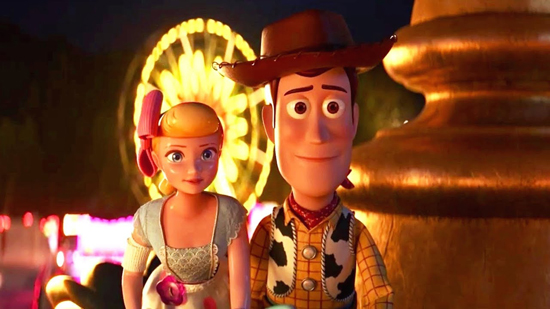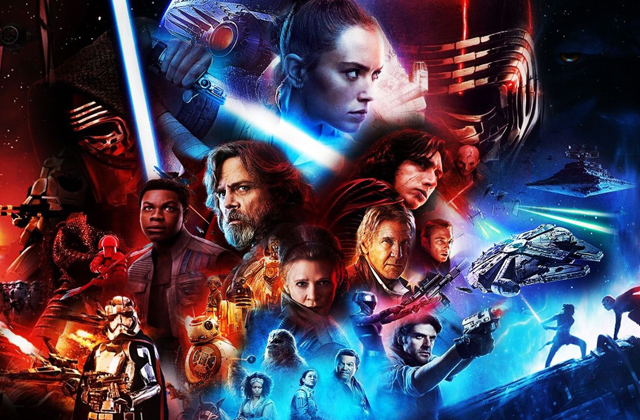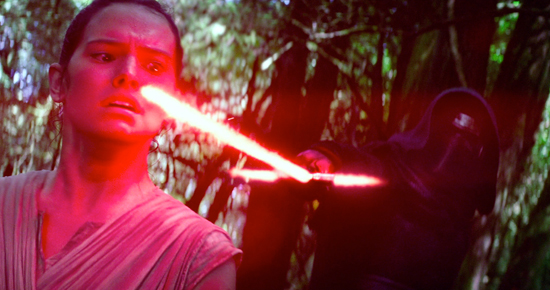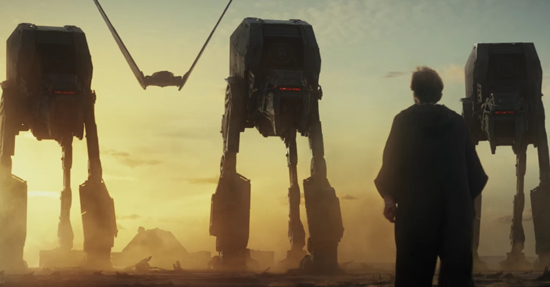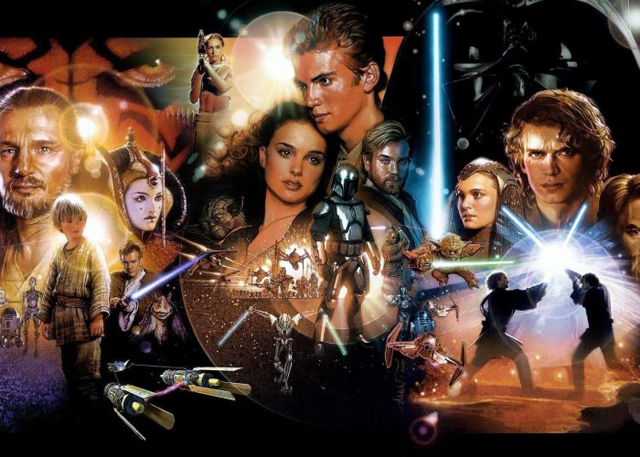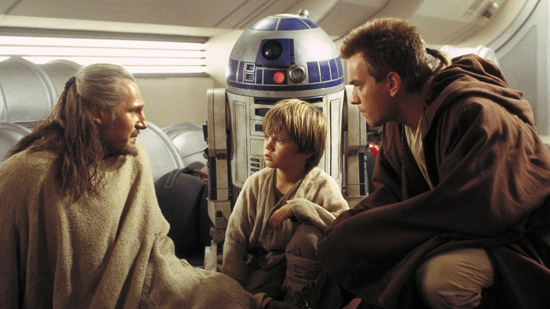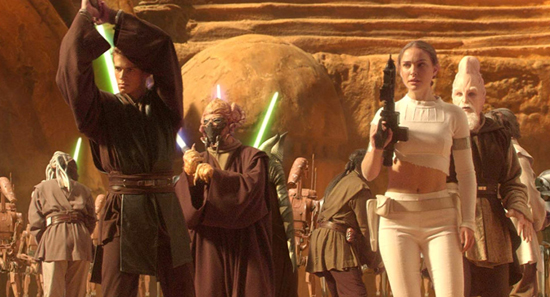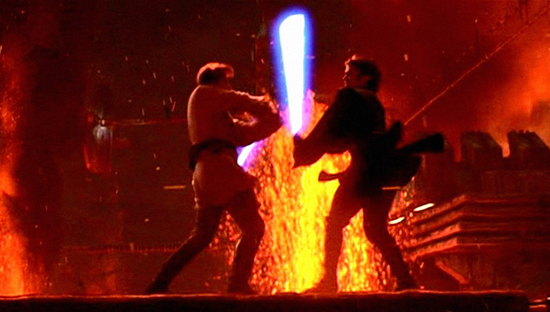
It may be hard to believe now, but there was a time when Marvel Comics was in deep financial trouble. Back in the 80’s and 90’s, Marvel was feeling the pain of a declining market in comic books and at one point was even looking at possibly filing for bankruptcy. But, the also saw the success that their rival, DC Comics, was having when they brought one of their top characters Batman to the big screen. Having a hit movie helped in turn to sell more comic books, and Marvel saw this as a model that could work for them as well. There was only one problem, Marvel didn’t have the backing of a large media corporation that owned their catalog like DC had with Warner Brothers. So, in order for Marvel to get their comic book characters onto the big screen in order to be competitive with DC, they let the rights to their comic books go to any studio that would be willing to take them on. Given that many of the Hollywood studios were interested in following what Warner/DC had accomplished, most of them took Marvel up on that offer. The result was a flourish of Marvel representation on the big screen over the course of the late 90’s and early 2000’s. Marvel, as a brand, was able to rebuild itself now that movie goers were becoming familiar with their characters. But, this came at a cost. While many of the Marvel characters managed to prosper on screen, it also left the rights to the characters scattered across the industry, with Marvel themselves having very little creative control over stories and character traits. This led to many separate continuities that themselves clashed with the story-lines that Marvel was building on the comic book page at the same time. Marvel realized they needed to have a singular home and not just a bunch of them. So, in the mid 2000’s, producer Kevin Feige began work to establish Marvel Studios; a production wing of the Marvel Corporation that would take creative control of the characters in association with all the different studios that held the rights.
Initially, Marvel Studios was there to be the development force for the movies, with distribution being handled by a couple different studios. Then the unexpected happened. Disney, which had been sitting out the super hero genre completely all this time, not only decided to add their mouse eared hat into the ring, but they also decided to purchase Marvel as a whole. Now, Marvel had what they always sought, which was the backing of a singular media operation, and Disney was eager to not only put them to work, but to bring all the disparate Marvel properties back into the fold. It wasn’t going to be easy. 20th Century Fox held the rights to the X-Men and Fantastic Four, Universal had the Hulk, Sony Spider-Man, and Paramount held onto Iron Man, Thor and Captain America. Surprisingly, Paramount gave up their characters without a struggle. Universal also granted approval for use of the Hulk, just as long as Disney didn’t create a solo Hulk movie. Fox resisted for the longest time, and Disney’s Marvel Studios had to figure out creative ways to build their Cinematic Universe without iconic characters like Wolverine and The Thing, which still remained under Fox’s control. That all changed when 20th Century Fox was put on the market, and Disney ended up with the winning bid to merge it’s library of properties into theirs, the Marvel characters included. Now, 15 years after Marvel Studios’ launch, nearly every character that originated from Marvel comics now has been brought into one home. But of course, that doesn’t include everyone. Sony, which had great success with the Sam Raimi Spider-Man movies, still have the rights to make Spider-Man movies. Now, in order to capitalize on the MCU’s success, they did grant Disney to use Spider-Man in a profit sharing deal so that the character could appear on screen with the other Avengers. But, as long as Sony keeps making movies on their own, they still maintain the rights to Spider-Man and the characters closely associated with him. This soon led to Sony wondering if they could create a Cinematic Universe of their own solely on the strength of the Spider-Man branch of the Marvel family tree. In particular, they were interested in seeing if Spider-Man’s legendary rogues gallery could indeed provide compelling enough stories to justify their own solo movies. That’s what led to the Spider Villain universe, which as we will see, was perhaps not the ideal touchstone to build a cinematic universe competitive with the likes of the MCU. And indeed it was not. So, let’s take a look at the short-lived attempt to build a rogues gallery cinematic universe.
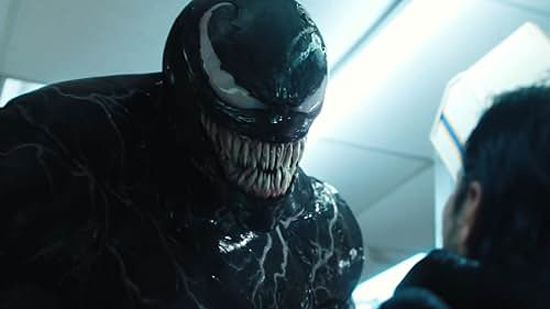
VENOM (2018)
Directed by Ruben Fleischer
To kick off this Spider-Man centric universe, it made sense to start with perhaps the most well known of Spider-Man villains. The alien symbiote wearing Venom is one of the most iconic characters in Marvel comics, and a character with a big enough fan base that it’s easily justifiable giving him his own movie. What really also helped the development of this movie is that it included the involvement of actor Tom Hardy. Hardy, who’s no stranger to comic book movies after bringing Bane to life in The Dark Knight Rises (2012), seemed right for the role given his well built physique and intensity that he usually brings into every performance. The film was released in the midst of the peak moment in comic book movies. The MCU was in between it’s two parts of the Infinity War arc and rival DC was about to witness it’s biggest hit with Aquaman (2018), so audiences were primed to enjoy anything that was super hero related. Typically, Venom as a character is portrayed as a foe to Spider-Man, but as would be a pattern with Sony’s Spider movies, they wanted all their marquee characters to follow in the footsteps of the popular webslinger. So, Venom became less villainous and more of a reluctant hero. Hardy’s Eddie Brock, who typically is a rival to Peter Parker at the Daily Bugle newspaper, was instead turned into an independent, online journalist and relocated to San Francisco. The unfortunate result of taking Eddie/Venom out of their element in New York and in competition with Spider-Man is that all of the characters iconic motivating factors are missing. What they are replaced with is a generic super hero origin story, of Eddie becoming one with the symbiote Venom (who’s also voiced by Tom Hardy) and learning to harness the power it gives. The one thing that helps to elevate the film above cliché is Tom Hardy’s committed performance as both Eddie and Venom. Even if the movie is bland, he is still immensely watchable, especially as you watch him struggle to handle sharing a body with a wisecracking alien. There are some pretty inspired screwball bits that Hardy full-heartedly throws himself into, and it helps to make the movie at the very least entertaining. It turns out that was enough as Venom performed well at the box office and led to the green-light for several more films to follow. And the strength of that success is why this cinematic universe in particular soon developed the name of the Venomverse.
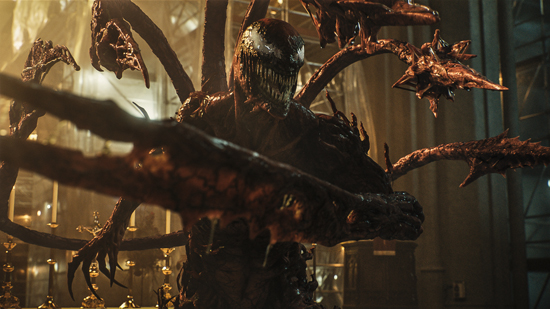
VENOM: LET THERE BE CARNAGE (2021)
Directed by Andy Serkis
In the closing credits of the first movie, we were treated to a teaser scene where another famous Spider-Man foe made an appearance. The scene introduced Cletus Kasady, better known in the comic books as the supervillain Carnage, and it was revealed that he would be played by actor Woody Harrelson. This got audiences very excited, knowing that we were being promised a showdown between two of Spider-Man’s most iconic foes, and that they were being played by heavyweights like Tom Hardy and Woody Harrelson. Harrelson’s folksy mid-Western persona was just perfect for the hillbilly psychopath that Cletus is portrayed as in the comics too. It also really added to the pedigree of Oscar-nominated stars alongside Hardy and actress Michelle Williams returning from the first film, and likewise with Naomie Harris joining the cast as the villainous Shreik. Casting Harrelson seemed to be the result of Zombieland (2009) director Ruben Fleischer having made the first Venom, but by the time the second movie got started, Fleischer had dropped out. But, the film got the benefit of gaining beloved character actor Andy Serkis jumping into the director’s seat. Indeed this sequel had an insane amount of talent behind it. It’s just too bad all of that was wasted on a colossally underwhelming film. The biggest disappointment of the movie is Carnage himself. It seems like the movie is too afraid to go all the way with the character; showing just exactly how he earned the name Carnage, as the comic books have explored in much more gory detail. Carnage just comes across as not that much different from Venom; only with a shade of red in it’s skin. It’s a real shame he is wasted here, because they honestly got the right actor for the role, and it just feels like the film is restraining him throughout. The only modestly entertaining parts of the movie are the Venom/Eddie scenes. It’s strange that the only good chemistry between any of the actors is with Tom Hardy acting against himself. Remarkably, Let There Be Carnage managed to overcome it’s shortcomings and perform just as well at the box office as it’s predecessor, all the more impressive given that it did so while theaters were still recovering from the Covid-19 pandemic. Still, it left many people (Carnage fans especially) upset that Sony was not delivering these Spider-Man adjacent characters with the screen presence they deserved. But some hope came in the form of a mid credits scene that had Venom jumping universes and finally ending up in the MCU, with the hope that we were finally going to see him match up against Tom Holland’s Spider-Man.
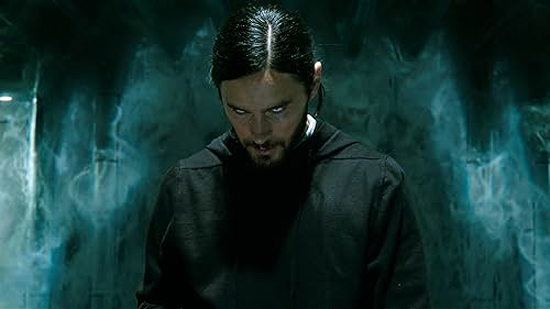
MORBIUS (2022)
Directed by Daniel Espinosa
Making a movie centered around the character of Venom makes sense. You have a villain who’s just as iconic as the hero himself and has the kind of fan base that could be relied upon to build a franchise. So, what was Sony thinking when they greenlit a Dr. Michael Morbius movie? Morbius is not so much a villain in the Spider-Man branch of the comic book universe as he is an anti-hero who’s sometimes and ally and sometimes an adversary. Morbius fits within the mystical side of the Marvel comics universe, but is often in association with Spider-Man, hence why Sony had the rights to the character. The thinking must have been since they had the rights to the character, than they should try to give him his own movie in order to fill out their roster of franchise characters. In order to make audiences give a damn about the character, they sought out Oscar-winning actor Jared Leto to play the role. Unfortunately, it becomes almost immediately clear that this kind of movie is well outside Leto’s comfort zone as an actor. At least he’s not butchering the role like he did in his awful Joker performance in Suicide Squad (2016), but still his performance as Morbius is wooden and uncompelling. It honestly shouldn’t be that difficult to make a vampire super hero interesting. The one who did deliver on this front is actor Matt Smith, playing the villain in the film. Smith hams it up in his performance and is undeniably the best part of the film. Otherwise Morbius is just another bundle of super hero clichés, on top of vampire movie clichés as well, and all still neutered to get that coveted PG-13 rating. While objectively not the worst super hero movie ever made, it was almost immediately viewed as one of the worst by general audiences, and it marked the beginning of what would be a steady downfall for the Sony Vemonverse. The sad thing is that the movie performed so poorly the first time that it became something of a joke online, where memes started to pop up around it. Unfortunately, some Sony executive misread this memeing of the film, believing that it was positive word of mouth and they made the foolish mistake of re-releasing the film into theaters to bank off of buzz that was not really there, where it flopped a second time. It was indeed not “Morb-ing time.” While the film was mediocre at best, I will say that it does feature the worst mid credit scene out of all the Venomverse movies, with poor Michael Keaton shoe-horned in as The Vulture from the MCU, transported through some multiverse mishap and now left in another, lesser universe. That’s a fate worse than death I’ll say.
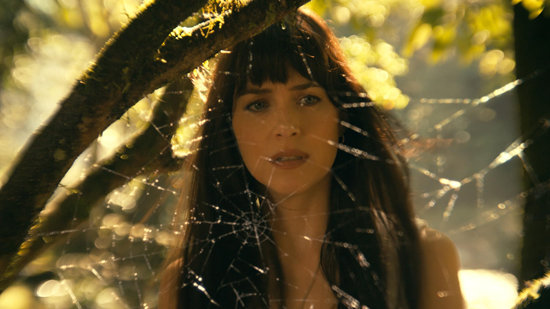
MADAME WEB (2024)
Directed by S.J. Clarkson
Things were unraveling quick for Sony’s Venomverse after the terrible performance of Morbius, and it was only going to get worse. Things were bad in general for the entire super hero genre as a whole, as 2023 saw numerous films flop across the board, even from heavy hitters like Marvel and DC. Super Hero fatigue was finally setting in, and Sony still had three films in active development. They tried to delay the inevitable, but ultimately they had to face the music in the following year, with all three remaining Venomverse movies releasing throughout 2024. And the first one is what I believe to be rock bottom. Madame Web, which centers around a truly obscure character from the Marvel comics, is to me the absolute worst movie to ever come out of this franchise, and frankly the worst ever to be connected with Spider-Man at all (you’re off the hook Amazing Spider-Man 2). Where to begin with all the problems of this movie. Everything from the plot, to the screenplay, to the editing just feels off. You can tell this movie went through numerous re-workings to try to bring some coherence to the whole thing, and none of it worked. Dakota Johnson’s performance is without passion and personality. It’s a big problem when your lead feels like they are sleepwalking through the role. And none of the supporting characters are any better. The villain, Ezekiel Sims (Tahar Rahim) also is poorly defined, and it’s very obvious that most of his lines were added in later through bad ADR. But what feels most insulting about this film is the tone it sets. The movie seems to insist on itself, making too much of an effort to take all of the stuff in the film seriously. Just like Morbius it tries too hard to make the story feel edgy and moody, though I think based on the few times that the movie attempts some humor, a lighter tone wouldn’t have helped much either. Pretty much everything that the Venomverse got wrong in creating it’s competing cinematic universe in the super hero genre is found in this movie, and audiences all agreed. The writing was on the wall for the Venomverse, and all they had left to show was one final dance with their central symbiotic anti-hero.
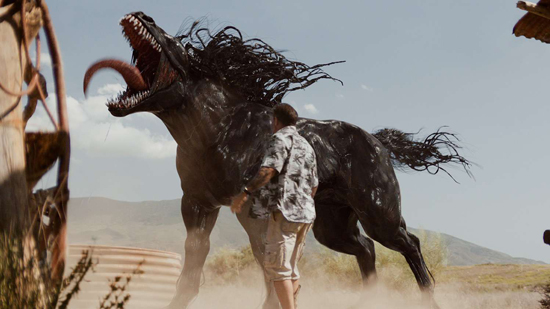
VENOM: THE LAST DANCE (2024)
Directed by Kelly Marcel
Though it wasn’t the last film to be released out of the Venomverse due to the reshuffling of the schedule in response to the strikes of 2023, Venom: The Last Dance was the last film that Sony put into active production and as it would turn out, it would also mark the end of this very short lived cinematic experiment. Not long after it’s release in October 2024, it was announced that Sony was halting all of their non-animated Marvel films indefinitely, pretty much sealing the fate of the franchise. The filmmakers behind the Venom franchise probably saw the writing on the wall early on, and decided to make this film have a sense of finality to it. This movie, more or less, wraps up the storyline for the Eddie Brock and Venom relationship. The best thing I can say about the movie is that it brings the series back to basics and focuses on what worked best in the first film, which is the character dynamic between Eddie and Venom. Indeed, the movie works best when you are watching Tom Hardy deliver his effectively eccentric performance. Unfortunately, the rest of the movie is a mess. It introduces the dark force behind the symbiote alien race; a sinister interdimensional being called Knull (voiced by Andy Serkis) and the story revolves around a cat and mouse chase between Knull’s minions and Venom, who it turns out has the key to destroying him. Despite having an impressive supporting cast, including some multiverse breaking casting choices of previous Marvel actors like Chiwetel Ejiofor and Rhys Ifans, there’s not a whole lot of interesting things added to this series to make it feel like the series is going out with a bang. That is except for Venom, who remarkably enough remains the best character in the whole series, and he actually receives a poignant send off in the film. So, even despite the many flaws that the movie has, particularly it’s uneven tone, it had the good sense to bring it’s story full circle and close a chapter on this Venom story line. Unfortunately, due to Sony moving it’s movies around the calendar post-strike, it’s not the final note that the cinematic universe on
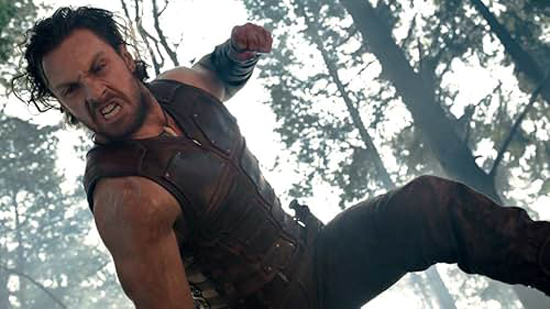
KRAVEN THE HUNTER (2024)
Directed by J. C. Chandor
With the Actors and Writers strikes still raging on into the fall of 2023, Sony decided that they were going to move their comic book movie release for that October back a full year, with this movie finally being seen during Christmas 2024. Hopefully, with the industry back to normal by then, Sony was hoping to have a better atmosphere for their Kraven the Hunter movie to prosper at the box office. Boy were they wrong and then some. Not only did it not perform well, it was the lowest grossing film in the Venomverse franchise, and given that it came out after the last Venom, this would be the final take from this franchise that audiences would ever receive. There’s a fundamental problem at the core of the film; the fact that the character at it’s center played by Aaron Taylor-Johnson is not in any way Kraven the Hunter. Sure, he’s named Kraven, but any resemblance to the world’s greatest hunter found in the Spider-Man comics is completely lost. Kraven is one of the greatest adversaries Spider-Man has ever faced, and the Kraven’s Last Hunt storyline in the comic books is often heralded as one of the greatest in the Spider-Man series. All of that is lost in translation here, as Kraven is given the Venom treatment and turned into a vigilante hero that doesn’t hunt wild animals but rather saves them. Oh, and he has super powers given to him through voodoo magic mixed with lions blood, making him stronger, more agile, and able to communicate to animals. And if you think all that’s lame, just wait until you see what they did to the Rhino (played by Alessandro Nivola). It’s a mess of a movie, but at the same time, also far from the worst. It’s a much easier watch than Madame Web and Morbius, mainly due to a few decent action scenes, especially a chase scene through the streets of London. It’s also not as infuriating as Let There Be Carnage. Honestly, divorced from the Spider-Man stuff, this could have been a decent if a bit cheesy Beastmaster adaptation. Also, Aaron Taylor-Johnson is giving it his all in the performance, especially in his physicality of the character. It’s the connection to Kraven the Hunter that ultimately dooms the film, because this is clearly at odds with what the character should actually be. And unfortunately, with the fact that it was moved into it’s position coming after Venom: The Last Dance, this is how Sony ended up closing their failed Venomverse experiment; with a whimper.
Despite ending the shared universe experiment that they were centering around the character of Venom, the Spider-Man rights aren’t going to end up reverting to Marvel Studios and Disney anytime soon. The simultaneous animated Spider-verse that Sony has been running is still going strong, with two critically acclaimed movies already becoming box office hits and a third on the way. But, one thing you’ll notice about all of the Venomverse movies is that there is a significant character missing in all of them; Spider-Man himself. That’s because the Spider-Man that everyone loves actually belongs in the MCU, the franchise that Sony doesn’t have creative control over. In order to make Spider-Man movies, they have to work together with Marvel Studios rather than in conflict with them like they were trying to do with the Venomverse movies. What we ended up learning is that the characters associated with Spider-Man cannot sustain movies on their own, except maybe Venom. Michael Morbius and Madame Web were supporting players in Spider-Man’s storyline in the comics, and that’s honestly how they should have been brought to the big screen as well. Kraven the Hunter should also be the central villain of a Spider-Man movie, and not a hero in his own story. Were were briefly teased that maybe Tom Hardy’s Venom would be given a place in the MCU, but that turned out to be short lived as he was sent back to his original universe in the mid credit scene in Spider-Man: No Way Home (2021). Strangely enough, the only real lasting legacy we may see from the Venomverse is that Eddie Brock left just a tiny piece of symbiote in the MCU before being whisked back to his universe, which you would expect to be a story point for a future plot in either Spider-Man’s storyline there or in the greater MCU. If anything, the Venomverse is another shining example of how not to build a cinematic universe. The fact that they were so limited by what stories they could tell since they were closed off from much of the Marvel universe and even Spider-Man for the most part. And the characters that they did have were not beloved enough to make people care. We’ll see how long Marvel and Sony remain at odds about what to do with the Spider-Man adjacent properties that exist within this outdated agreement harkening back to Marvel’s less successful days. The hope is that an updated agreement can be reached someday that allows Marvel to have it’s say again with these characters, or that maybe Sony will release it’s hold on them and let Disney bring the last few strays back into the fold at Marvel. Either way, we do know that the Venomverse is dead and despite some brief inspiring moments it was largely a futile attempt to do Spider-Man without Marvel.
